Autistic People Are More Likely to Be Trans. So What?
Being trans isn’t a disease. Nor is neurodiversity.
by Ell Folan
21 April 2022
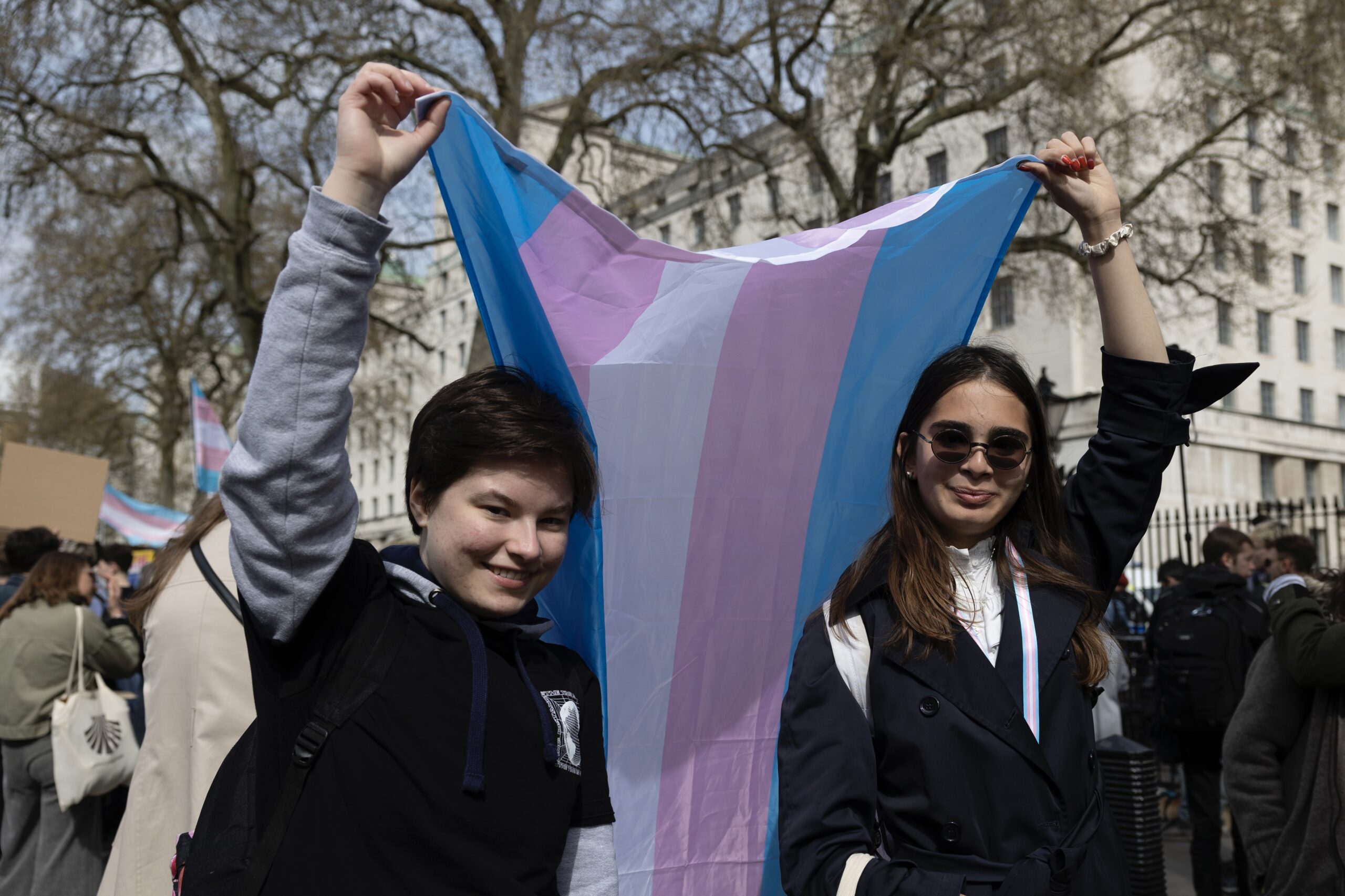
Content note: Transphobia, ableism.
Earlier this month, author JK Rowling set off another Twitter storm after posting a link to an interview with controversial psychiatrist David Bell. In the interview, Bell argued that autistic people are diagnosed with gender dysphoria at far higher rates – something Rowling described as “a medical scandal”.
In the interview, Bell claimed that 35% of children diagnosed with gender dysphoria are on the autistic spectrum; I could not source this statistic. Academic studies suggest that the percentage of trans people on the autistic spectrum is somewhere between 3% and 24%. But I’ve no interest in refuting Bell.
In fact, there is some evidence that autism and trans identities are correlated. A 2020 study of over 500,000 adults found that 5% of cisgender respondents had been diagnosed as being on the autistic spectrum, compared with 24% of transgender respondents.
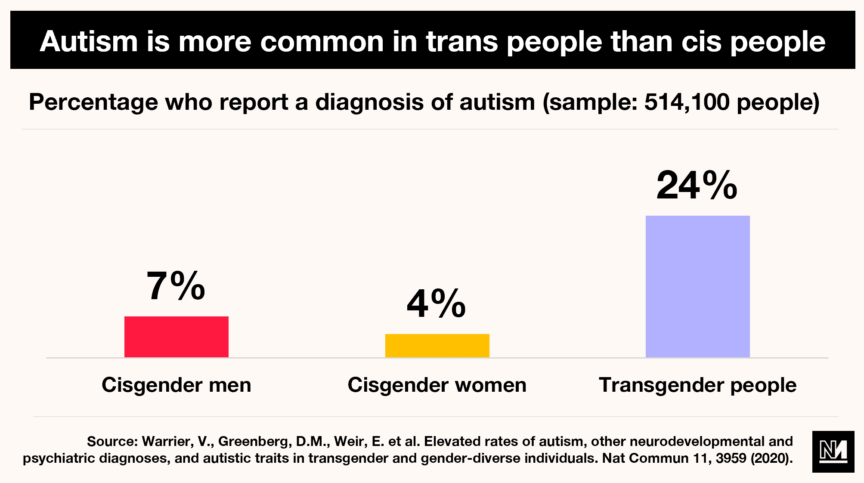
Since autism has a low rate of diagnosis (particularly for women), the study also examined the relative incidence of “autism traits” such as sensory difficulties and pattern-recognition skills. Again, trans respondents scored higher than their cis counterparts.
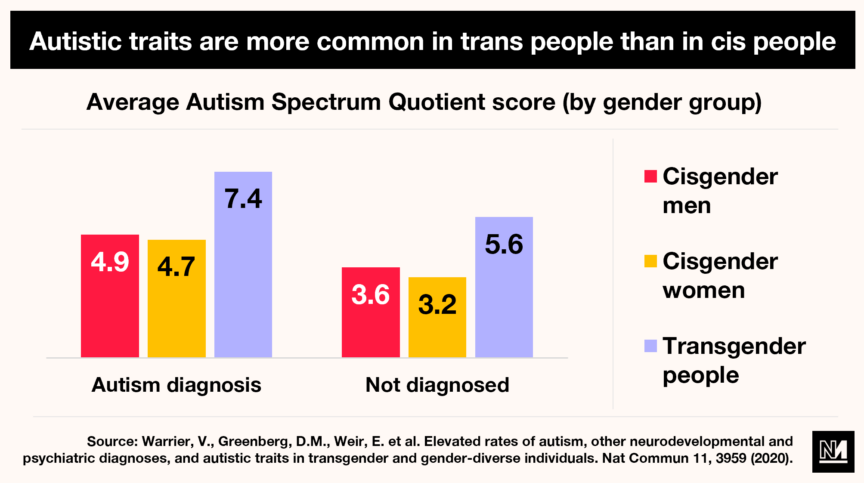
Other studies produced similar results: research in 2018 indicated that trans and non-binary people display more autistic traits than cis people in all characteristics except routine. An earlier study in 2014 found that respondents on the autistic spectrum were more than seven times more likely to express gender variance.
There are a number of competing explanations for this apparent correlation. One 2018 study argued that autistic people are often resistant to social conditioning and less concerned with social norms, making them more likely to reject the gender binary. This idea is supported by testimonies from some autistic trans people. Alternative explanations focus on biological development or theorise that trans autistic people may have formed a “fixation” on gender – though this latter theory is disputed.
There are concerns among autistic and trans people about linking the two too emphatically, as they fear being told that their gender dysphoria is merely a symptom of their autism. Yet the correlation between autism and being trans is concerning if you view transgender identities as a bad thing. If you don’t, there is great value in identifying this correlation.
First, it might help how we diagnose and ‘treat’ autism. For decades, people assigned male at birth (AMAB) were diagnosed with autism at far higher rates than those assigned female at birth (AFAB). Some researchers ascribe this to AFAB children being quicker to pick up on social cues, while others argue that diagnostic tests are constrained by rigid gender stereotypes. In recent years this trend has been identified, prompting a push to identify and diagnose autistic AFAB people.
But even this, while positive, has left healthcare for autistic people as gendered as ever. Therapies for children often focus on encouraging them to conform to social norms – norms that are often heavily gendered. If we instead acknowledge that many autistic people do not fit comfortably within gender binaries, we can embrace gender-neutral forms of mental health support – and make it easier for trans autistic people to come out.
Understanding the correlation between being trans and autism might also help us to address the inaccessibility of trans healthcare. In the UK particularly, trans healthcare can be time-consuming and anxiety-inducing. Trans healthcare is doubly difficult for autistic people to access. Understanding this emphasises the importance of addressing these problems urgently; it also means we need to train doctors not to simply dismiss autistic people’s trans identities because they’re on the autistic spectrum.
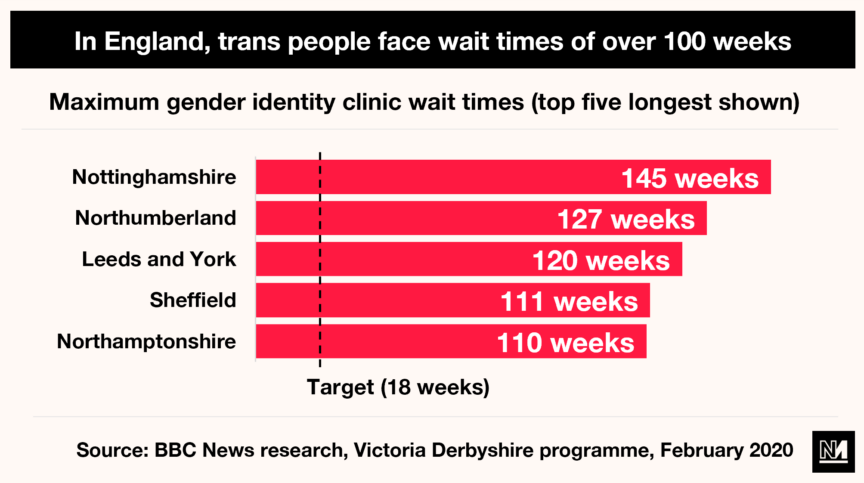
Finally, comprehending the connection between autism and trans identities can help society as a whole understand how to better support both groups. Autistic people are often unfairly stereotyped, stereotypes which in turn leave them at a social disadvantage (their significantly higher unemployment rate being evidence of this).
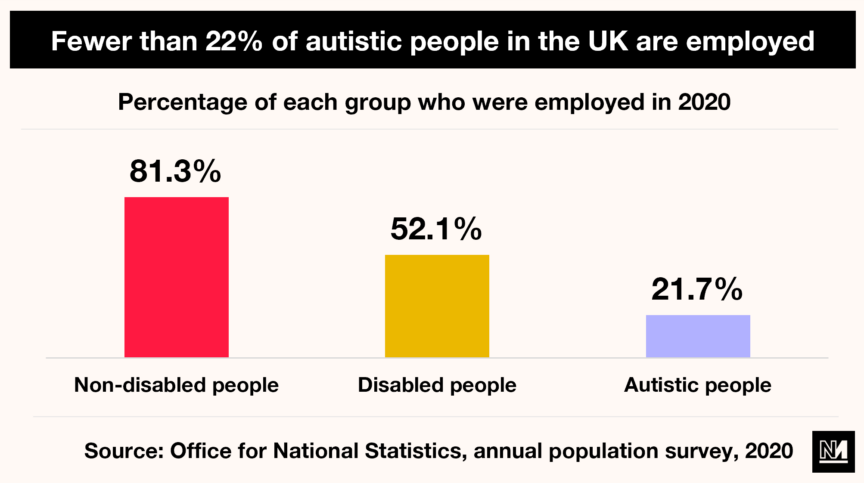
Research into trans identities and autism debunks these stereotypes. Autistic people will often be better at clearly communicating deeply personal elements of their identity than allistic (non-autistic) people, while research indicates that autistic people can better explore and understand gender. The very existence of trans autistic people, meanwhile, proves that autism is not inherently linked to being male.
In short, many trans people are indeed autistic. But this doesn’t make autistic people any less deserving of gender-affirming care. Rather, understanding this correlation should help us improve the treatment of trans autistic people, both by medical professionals and by society as a whole.
Ell Folan is the founder of Stats for Lefties.


